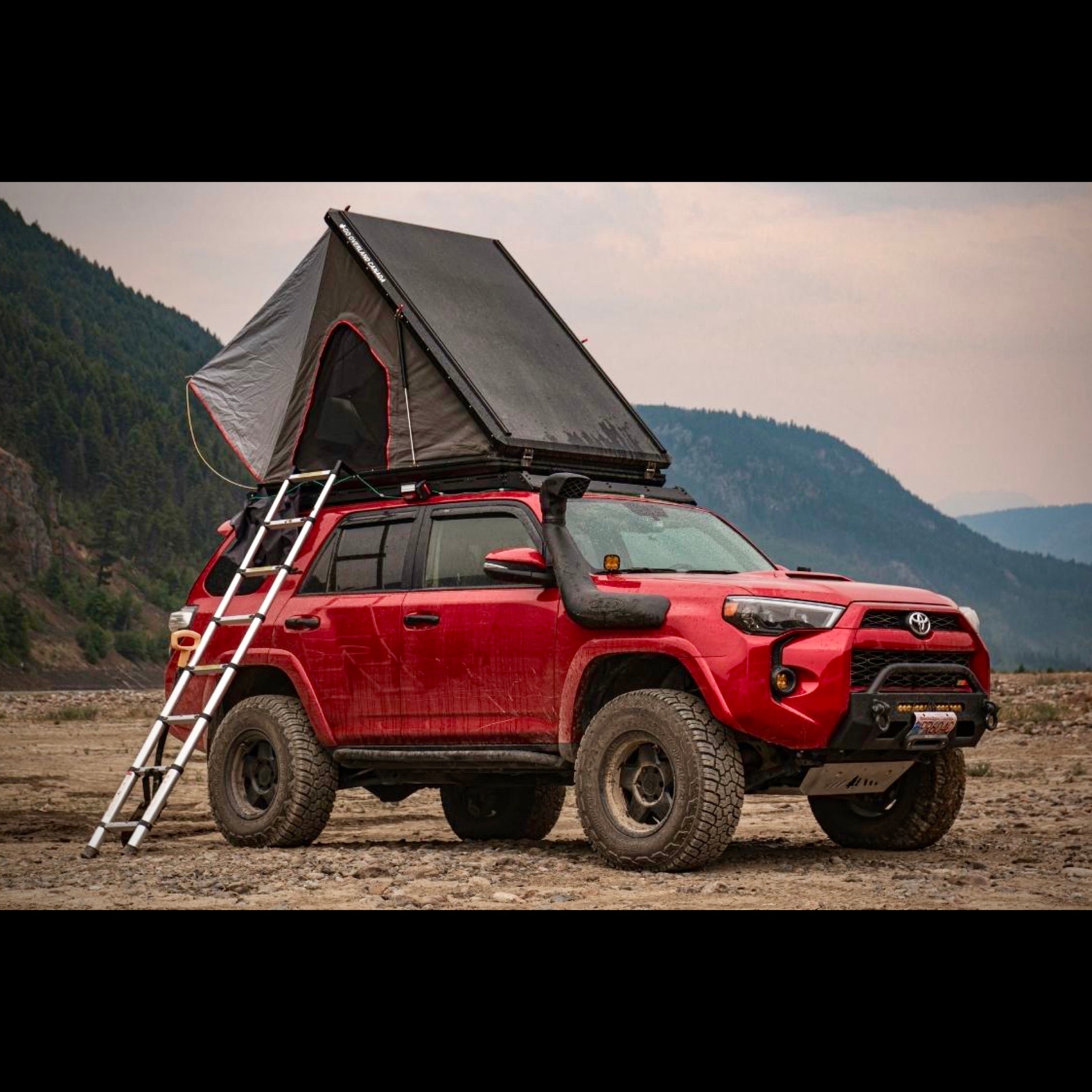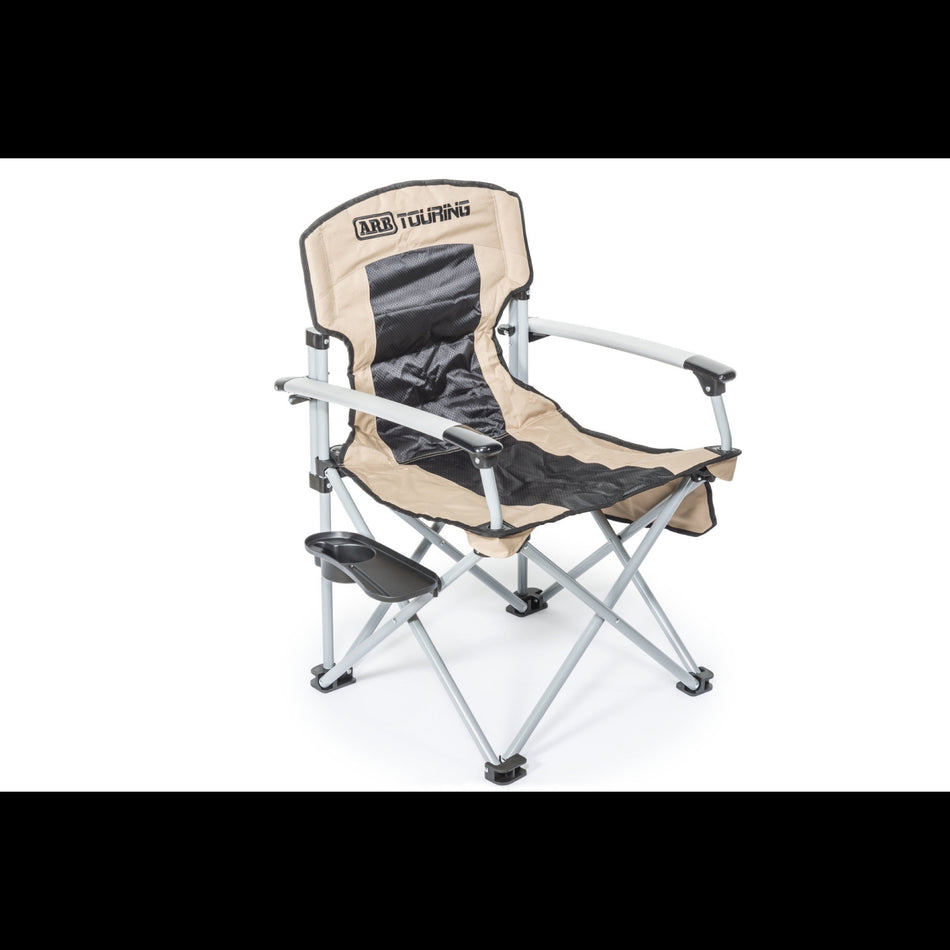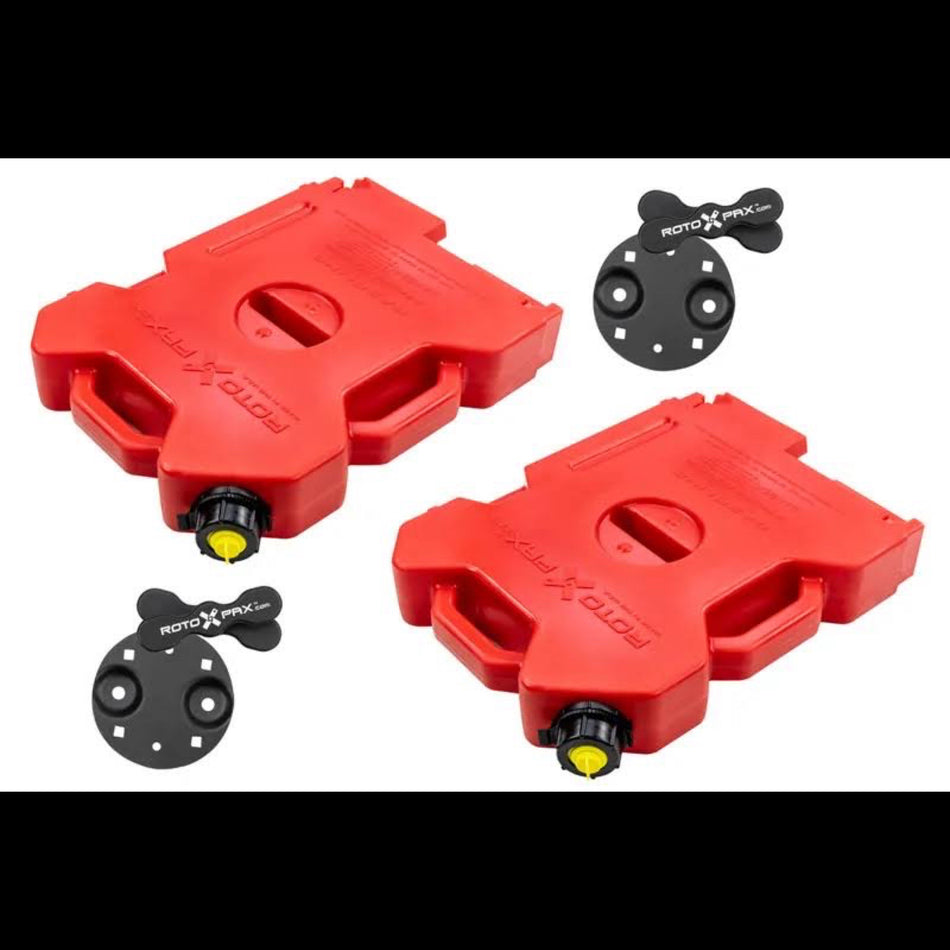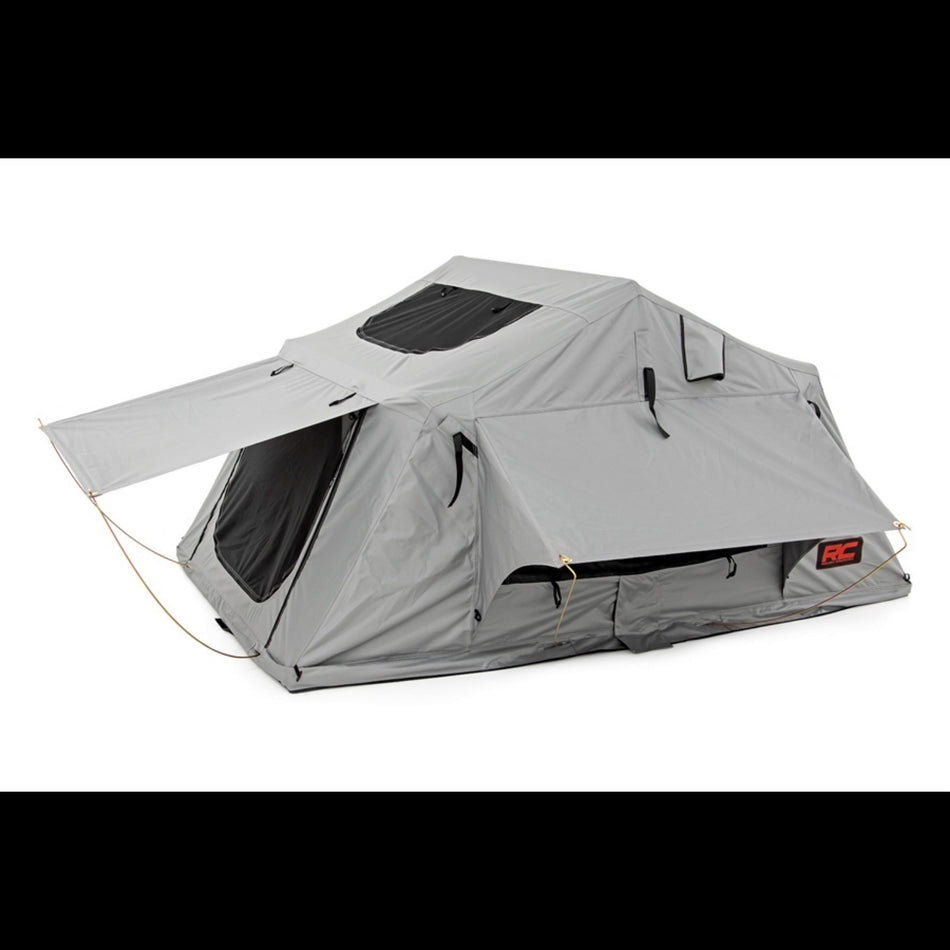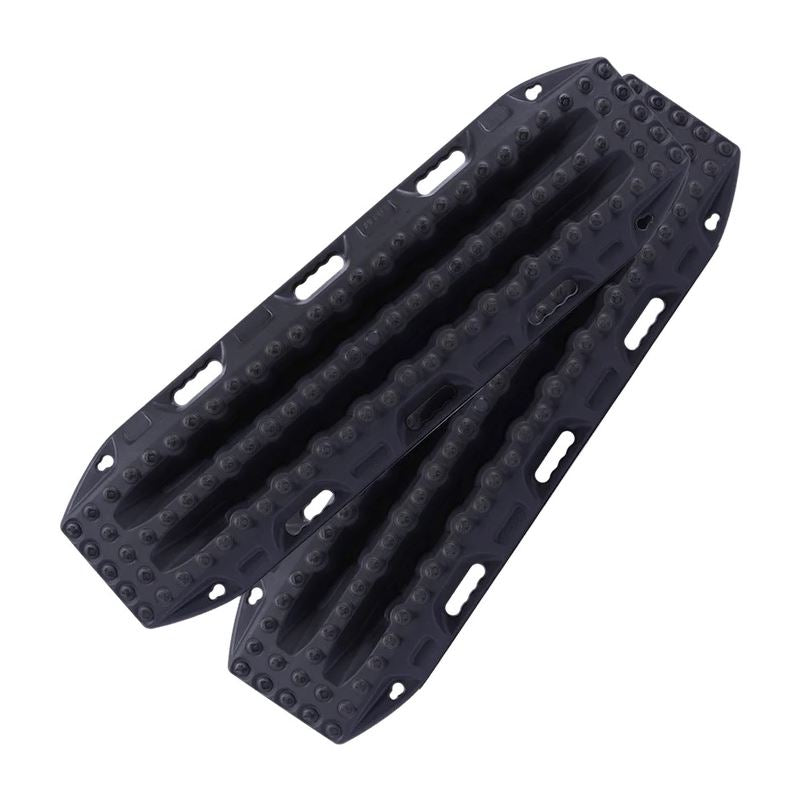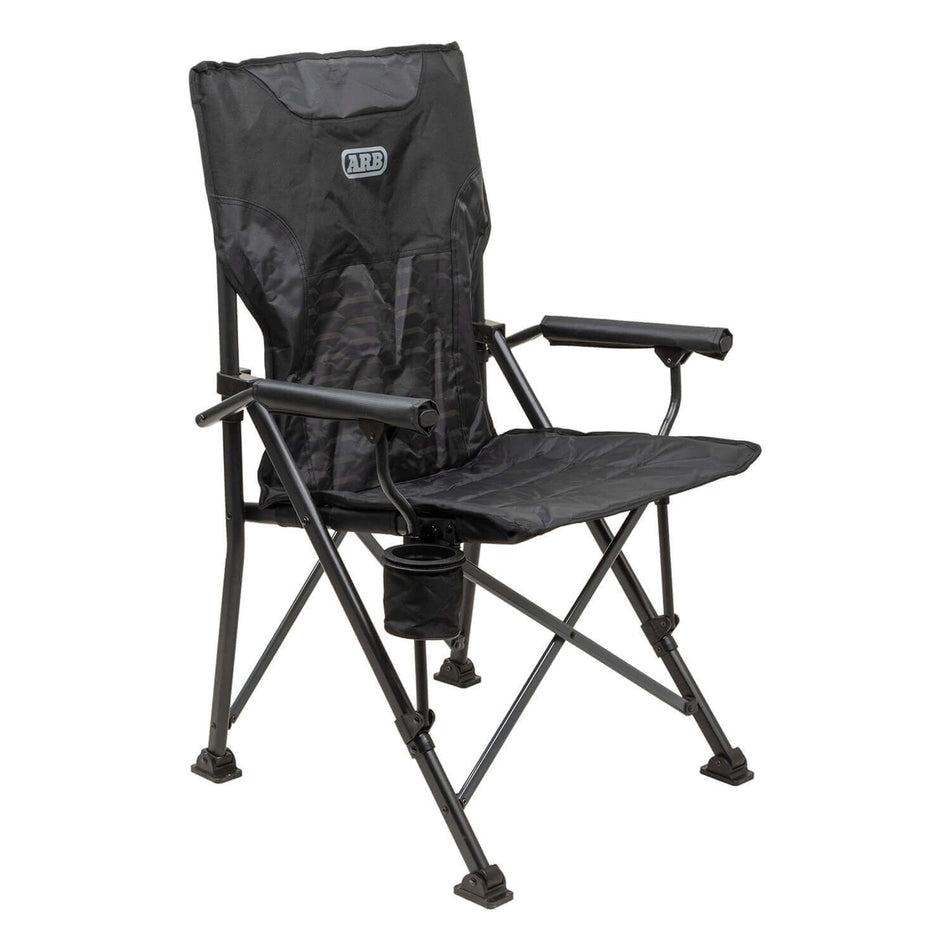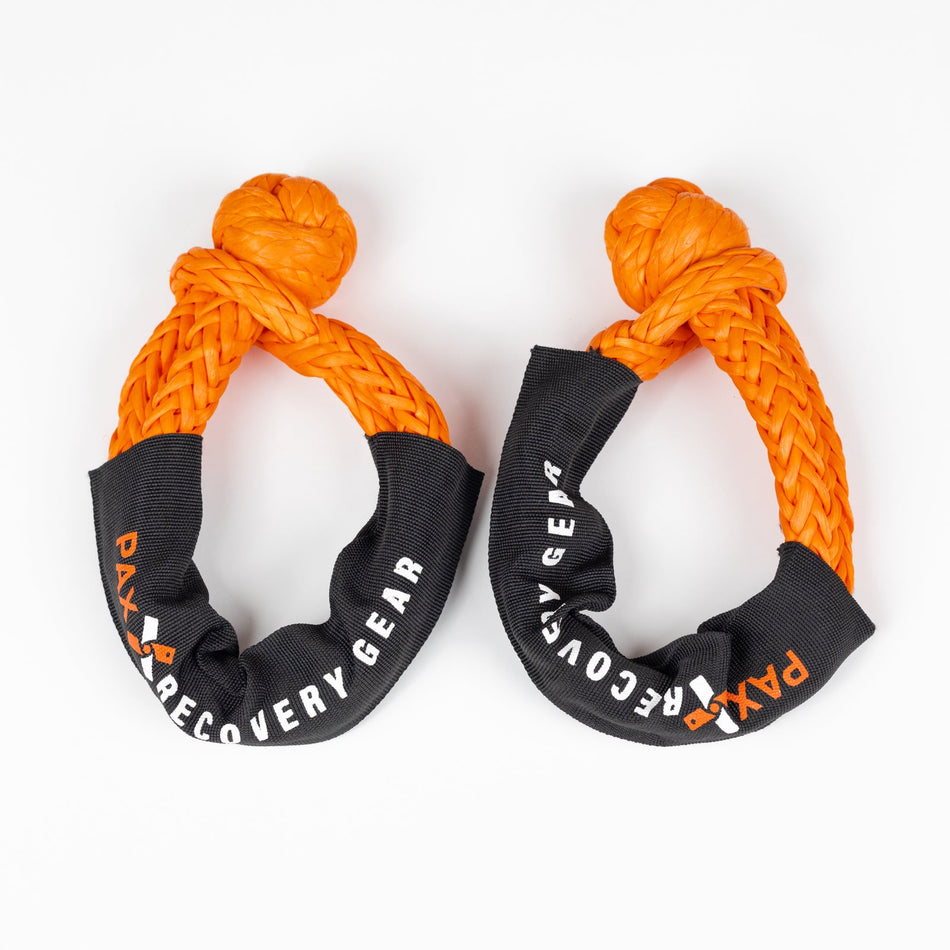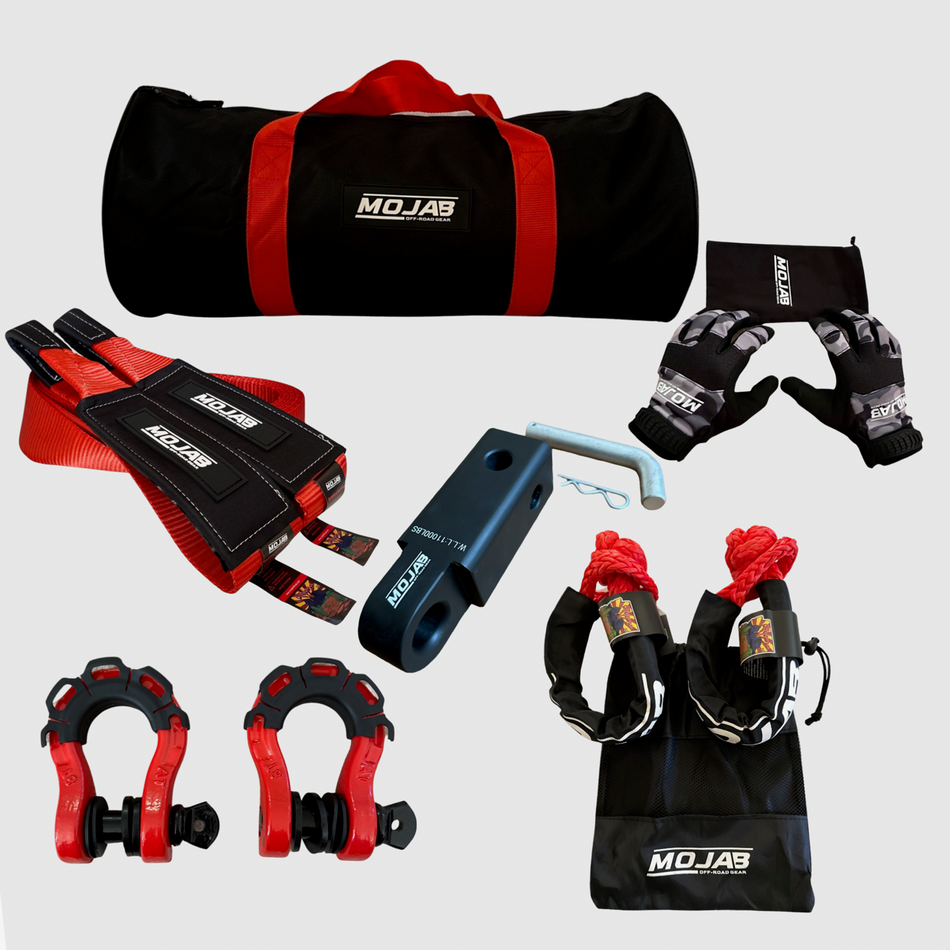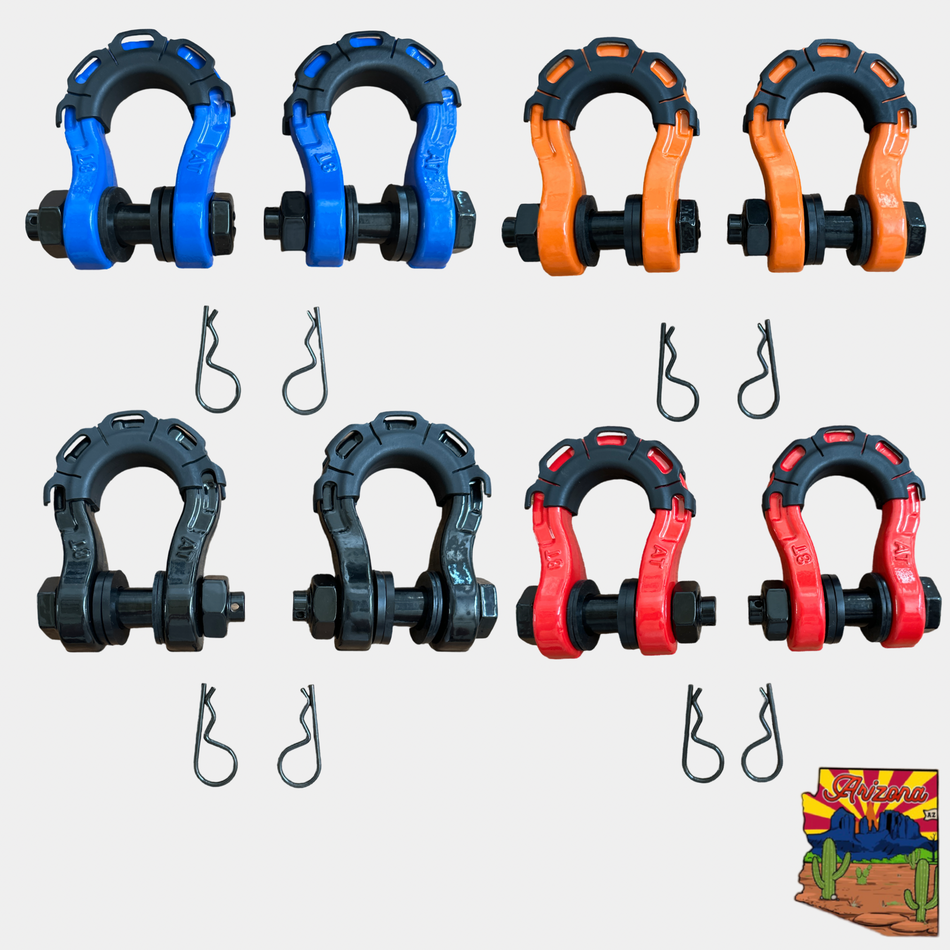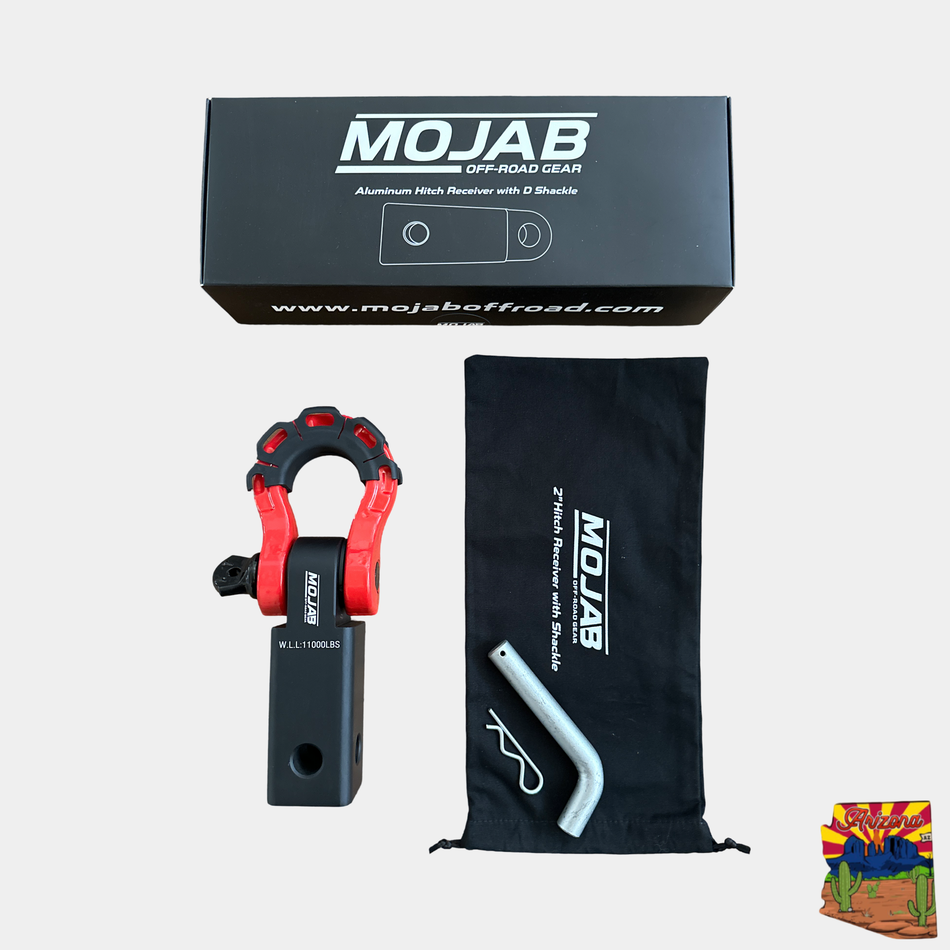About Overland
Automotive Aftermarket Performance and Overlanding: A Complete Guide
The automotive aftermarket has seen explosive growth in the overlanding space, as adventurers seek performance upgrades to enhance their vehicles for off-road travel and self-sufficient exploration. This guide dives into how aftermarket performance parts transform vehicles for overlanding, popular upgrades, and the benefits of a tailored build.
What Is Overlanding?
Overlanding combines off-road travel with extended camping, focusing on self-reliance and exploration. Vehicles must endure rugged terrain while supporting long trips with storage, recovery gear, and power solutions.
Why Choose Aftermarket Performance for Overlanding?
Factory vehicles often lack the specialized features overlanding demands. Aftermarket upgrades offer:
- Improved Off-Road Capability: Suspension lifts, skid plates, and all-terrain tires.
- Increased Payload: Reinforced suspension and chassis components for heavy gear.
- Durability: Enhanced engine cooling, drivetrain upgrades, and underbody protection.
Top Aftermarket Performance Upgrades for Overlanding
- Suspension and Lift Kits
A quality suspension system improves ground clearance, ride comfort, and load capacity. Popular brands like ARB and Old Man Emu cater to off-road needs with customizable lift heights. - Tires and Wheels
Upgrading to all-terrain or mud-terrain tires ensures grip on gravel, sand, and snow. Pair these with durable alloy or steel wheels for reliability in extreme conditions. - Engine Performance
Tuning software, cold air intakes, and performance exhaust systems enhance power for climbing steep inclines or towing heavy gear. - Lighting Systems
LED light bars and auxiliary lights improve visibility during nighttime or low-light conditions. - Roof Racks and Storage Solutions
Roof racks, gear trays, and lockable storage boxes maximize space for camping gear, water tanks, and tools. - Recovery Gear
Winches, recovery boards, and snatch straps are essential for vehicle self-recovery in remote areas. - Electrical Systems
Dual-battery systems, solar panels, and inverters power fridges, lighting, and communication devices.
Benefits of Aftermarket Customization
- Personalization: Tailor the vehicle to match specific needs and terrain types.
- Cost-Effective: Avoid the need for purchasing a specialized overlanding vehicle.
- Longevity: High-quality aftermarket parts increase durability and reliability.
How to Build the Ultimate Overlanding Rig
Start by assessing your goals and destinations. For casual weekend trips, minor upgrades like tires and storage may suffice. For extended expeditions, consider investing in a full suspension overhaul, engine tuning, and long-range fuel tanks.
Key Brands in the Aftermarket Overlanding Scene
Some trusted names include:
- ARB 4x4 Accessories
- Ironman 4x4
- BFGoodrich Tires
- Fox Suspension
- Rhino-Rack
Conclusion
The right aftermarket performance upgrades unlock the full potential of your vehicle, making overlanding safe and enjoyable. Whether you're new to the scene or a seasoned explorer, investing in quality modifications will enhance every journey.
Optimize your overlanding rig today and experience unmatched freedom and adventure.


